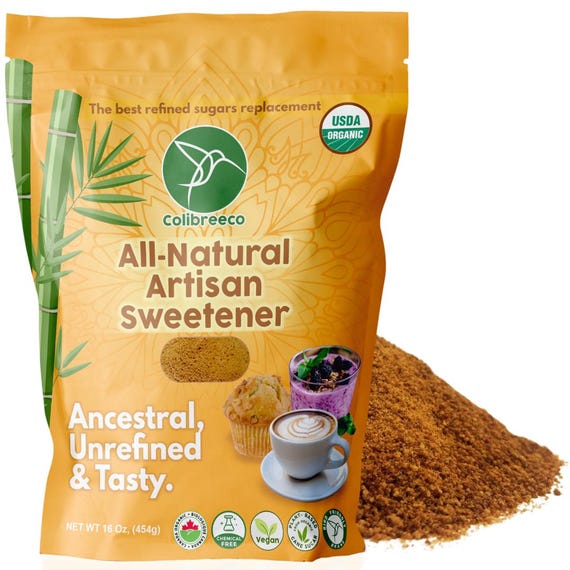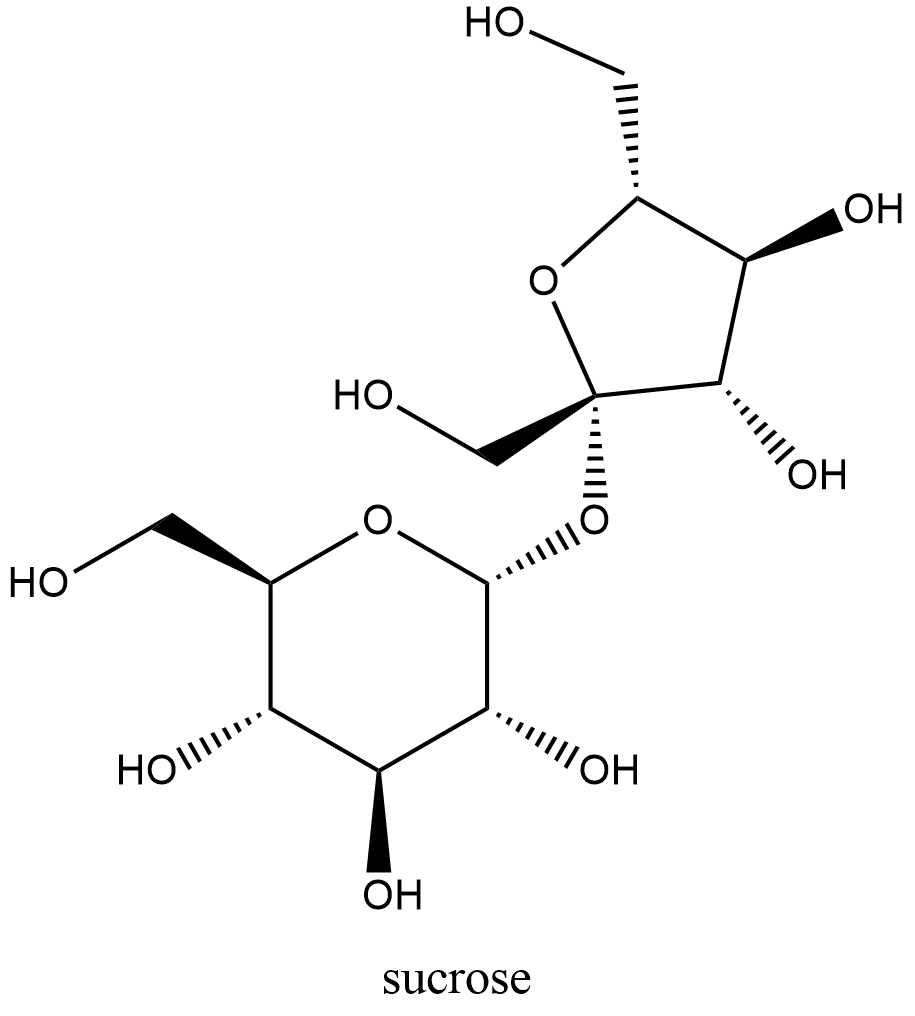Comprehending the Diverse Roles of Sugar Cane in Farming and Production
Sugar Cane plays a critical duty in both agriculture and manufacturing. As a major cash money crop, it influences economic situations in exotic regions. Its adaptability extends past sugar production to biofuels and biodegradable materials. In addition, sugar Cane cultivation advertises soil wellness and biodiversity. The full extent of its payments and potential in lasting techniques stays to be discovered. What innovative procedures could boost its function in future farming systems?
The Agricultural Value of Sugar Cane
Sugar Cane plays an essential role in agriculture, contributing significantly to the economic climates of many tropical and subtropical regions. This yard types grows in warm climates, needing sufficient sunshine and water, making it an excellent plant for these locations. Sugar Cane is primarily cultivated for its high sucrose material, which acts as a crucial raw material for sugar manufacturing. Additionally, it plays a considerable role in soil conservation by stopping erosion and improving soil fertility through its growth cycles. Sugar walking stick's substantial root system help in water retention, profiting neighboring crops. The plant sustains regional ecosystems by offering habitat and food for numerous wild animals varieties. Farmers commonly incorporate sugar Cane into crop rotation systems, boosting biodiversity and farming durability. The cultivation of sugar Cane not just meets local food demands yet also promotes lasting farming practices, advertising long-lasting environmental health in farming neighborhoods.
Financial Payments of Sugar Cane Farming
Although sugar Cane is commonly ignored, its financial payments are considerable, especially in establishing countries where it serves as a vital money plant. The cultivation of sugar Cane produces significant earnings for millions of farmers, offering livelihoods and cultivating rural development. As a flexible plant, it supports different markets, including sugar manufacturing, biofuels, and pharmaceuticals, as a result boosting local economies.
In addition, sugar Cane farming advertises job production in farming industries, refining centers, and transportation networks. It also adds to forex incomes with exports, improving nationwide economic security. In regions such as Brazil and India, sugar Cane plays an essential role in farming exports, strengthening trade balances.
Furthermore, the plant's by-products, like bagasse and molasses, provide additional financial opportunities, made use of in power generation and pet feed. The financial influence of sugar Cane expands past plain growing, influencing broader farming and commercial landscapes.
The Process of Sugar Production From Walking Cane

The journey from sugar Cane to polished sugar includes several crucial stages that highlight the complexity of sugar manufacturing. At first, mature sugar Cane stalks are harvested and carried to processing centers. The Cane is after that crushed to draw out juice, which consists of a high concentration of sucrose. This juice undergoes information, where impurities are removed, often utilizing lime and warm
Next, the clarified juice is vaporized to focus the sugar content. The resulting syrup is then based on crystallization, allowing sugar crystals to develop. These crystals are separated from the continuing to be syrup via centrifugation and cleaned to remove any kind of recurring molasses.
The final stage includes refining, where sugar crystals are further detoxified and blonde, leading to the white granulated sugar frequently used in food products. This careful process underscores the elaborate trip from raw Cane to the sugar that plays a vital role in numerous cooking applications.
Sugar Cane as a Resource of Biofuels
As rate of interest in renewable resource resources expands, sugar Cane has become a significant candidate for biofuel production. The plant's high sugar web content allows reliable fermentation processes, transforming sugars right into ethanol. This biofuel acts as a sustainable alternative to fossil fuels, decreasing greenhouse gas discharges and advertising energy sustainability.
Nations like Brazil have actually lengthy utilized sugar Cane for ethanol, establishing comprehensive manufacturing infrastructure that sustains both residential power needs and international export. The growing of sugar Cane for biofuel has actually likewise created economic opportunities, specifically in backwoods, where it generates employment and supports neighborhood farming.
In addition, sugar Cane biofuels can be incorporated into existing fuel systems, making them a functional option for changing away from standard energy sources. As technical improvements remain to enhance manufacturing efficiency, sugar walking cane's function in biofuel advancement is positioned to broaden, even more adding to worldwide initiatives toward sustainable power fostering.
Cutting-edge Usages of Sugar Cane in Biodegradable Plastics
An expanding variety of researchers and manufacturers are checking out innovative uses sugar Cane in the production of biodegradable plastics. Sugar walking cane, rich in sucrose, can be refined to establish polylactic acid (PLA), a biopolymer that acts as a choice to petroleum-based plastics. This bioplastic can be used in various applications, including packaging, disposable cutlery, and farming movies.
Making use of sugar cane-derived PLA presents a number of advantages, such as decreased reliance on fossil fuels and the potential for lower carbon exhausts during production. In addition, sugar walking cane's sustainable nature makes it an attractive selection in the mission for sustainable products. Current advancements in processing methods have actually enhanced the effectiveness and cost-effectiveness of producing these bioplastics, cultivating better adoption in the industry. As the need for green services expands, sugar Cane stands apart as a useful resource in the change in the direction of greener manufacturing techniques.
Ecological Benefits of Sugar Cane Farming

In enhancement, sugar Cane needs much less water contrasted to various other plants, making it suitable for cultivation in deserts. Effective use plant deposits, such as bagasse, can decrease waste and give renewable power sources. Sugar Cane farming can help with the establishment of agroforestry systems, producing a synergistic connection between plants and trees. These techniques not only shield the environment however also promote lasting agricultural practices, inevitably benefiting local neighborhoods and communities.
The Future of Sugar Cane in Sustainable Practices

In addition, the possibility for sugar Cane to add to renewable resource resources is obtaining grip. Biofuels stemmed from sugar Cane can especially reduce carbon discharges compared to fossil fuels, aligning with international environment objectives. Furthermore, innovations in waste administration enable for the utilization of spin-offs, even more reducing environmental influence.
Research right into drought-resistant sugar Cane ranges is likewise underway, offering strength against environment adjustment. As stakeholders across the industry accept these sustainable methods, sugar Cane is positioned to play a crucial role in promoting agricultural sustainability, ensuring its relevance in future markets and adding favorably to environmental equilibrium.

Often Asked Inquiries
Just How Does Sugar Cane Affect Dirt Wellness and Fertility?
The influence of sugar Cane on dirt wellness and fertility is substantial. Its extensive root system enhances dirt framework, while raw material from rotting leaves contributes vital nutrients, advertising total fertility and supporting diverse microbial life.
What Are the Labor Conditions for Sugar Cane Workers?
Labor problems for sugar Cane employees vary extensively, often characterized by long hours, reduced earnings, and harmful settings. Lots of face obstacles such as absence of access to healthcare and not enough protective measures versus unsafe problems.
Can Sugar Cane Be Grown in Non-Tropical Environments?
Sugar Cane normally flourishes in exotic climates because of its warm and moisture needs. Nevertheless, certain non-tropical areas may effectively cultivate it via certain agricultural methods, though yields and high quality might be significantly reduced.
What Pests Frequently Threaten Sugar Cane Crops?
Pests threatening sugar Cane crops include the sugarcane borer, aphids, and nematodes. These microorganisms can considerably impact crop return, demanding reliable bug monitoring techniques to guarantee healthy development and take full advantage of agricultural performance.
How Does Sugar Cane Growing Influence Local Communities?
The farming of sugar Cane significantly influences local neighborhoods by supplying job opportunity, promoting financial development, and influencing social structures. In addition, it can cause ecological difficulties, impacting agricultural practices and area health in the area.
Sugar Cane is mostly grown for its high sucrose content, which offers as an essential raw material for sugar production. Farmers typically integrate sugar Cane into plant turning her response systems, improving biodiversity here are the findings and agricultural durability. The trip from sugar Cane to refined sugar includes several key stages that highlight the intricacy of sugar production. The final phase entails refining, where sugar crystals are more cleansed and bleached, resulting in the white granulated sugar typically used in food items. The plant's high sugar web content makes it possible for effective fermentation processes, transforming sugars right into ethanol.